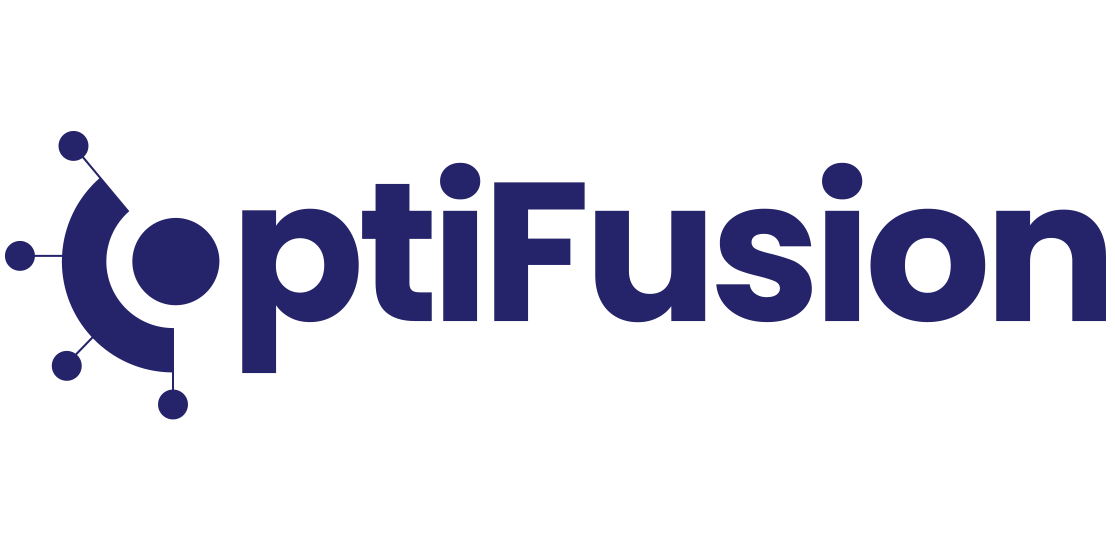Knowing your website’s performance is essential to growing your online presence in today’s digital world. Website analytics tools help you gather and analyze data, so you can make informed decisions to improve traffic, user experience, and conversions. With so many tools available in 2024, it can be tough to pick the right one. Let’s dive into the top website analytics tools to help you find the best fit.
What are website analytics tools?
Website analytics tools track and report data about your website’s visitors, their behavior, and its performance. These tools provide insights into traffic sources, user interactions, bounce rates, and conversion paths, enabling you to optimize your site. For those seeking professional assistance, partnering with an SEO agency can help maximize these insights and boost your site’s performance.
Why you need website analytics tools
Without website analytics tools, you’re essentially flying blind. Every successful website relies on detailed metrics to understand what’s working and what isn’t. Here’s why you need these tools:
- Optimize user experience: By understanding how users navigate your site, you can improve site structure, content placement, and overall user experience.
- Improve conversion rates: Analyzing user behavior helps you identify friction points that prevent visitors from converting, enabling you to optimize those areas.
- Track marketing efforts: These tools allow you to see which marketing channels (SEO, PPC, social media, email) are driving the most traffic and conversions.
- Stay Competitive: Competitors are likely using analytics tools to improve their websites. To stay ahead, you need to be equally informed about your site’s performance.
Key features to look for in website analytics tools in 2024
As technology evolves, website analytics tools are becoming more advanced. In 2024, there are several key features to look for when selecting the best tool for your site:
- Real-time data: Real-time tracking helps you monitor activity as it happens, giving you the ability to react quickly to traffic spikes or issues.
- Customizable dashboards: A personalized dashboard allows you to focus on the metrics that matter most to your business, whether it’s traffic, conversions, or specific user behavior.
- Heatmaps and session recordings: Tools like heatmaps visualize where users click on your site, and session recordings allow you to replay a user’s entire visit to identify bottlenecks.
- SEO and keyword tracking: Some tools, like SEMrush, offer integrated SEO tracking, enabling you to monitor your search rankings and keyword performance.
- Multi-channel attribution: This feature helps you track the customer journey across different marketing channels, from initial contact to final conversion.
Top website analytics tools for 2024
Now, let’s explore some of the best website analytics tools for 2024, considering their features, pricing, and usability.
Google Analytics (GA4)
Google Analytics remains the industry leader in web analytics, and the latest version, GA4, is even more powerful. It offers a range of features that allow you to track website traffic, user engagement, conversion rates, and more. It’s also integrated with Google Ads, making it an excellent tool for tracking the performance of your paid campaigns.
- Pros: Comprehensive reporting, free version available, integration with other Google tools (Google Ads, Search Console).
- Cons: Can be complex for beginners to set up and use.
With the introduction of Google Analytics 4 (GA4), the platform now focuses on event-based tracking, which means you can monitor more detailed interactions such as video plays, scroll depth, and form submissions without complicated setups. It also offers predictive metrics using AI, helping businesses forecast future trends.
Adobe Analytics
For businesses that need more advanced analytics capabilities, Adobe Analytics is a top-tier option. It excels in offering deeper insights into customer journeys, particularly for large organizations that want to analyze data across multiple platforms.
- Pros: Advanced data segmentation, AI-powered predictive analytics, excellent for multi-channel attribution.
- Cons: High cost, steep learning curve for non-technical users.
One of the standout features of Adobe Analytics is its integration with AI and machine learning. Using Adobe’s AI engine, you can predict future customer behavior and identify potential trends, making it invaluable for enterprises aiming to make data-driven decisions.
SEMrush
Although primarily known for its SEO capabilities, SEMrush has evolved into an all-in-one marketing platform that offers detailed insights into website performance, traffic sources, and SEO metrics. It’s particularly useful for businesses looking to optimize their organic search performance.
- Pros: Excellent for SEO tracking, keyword research, and competitor analysis.
- Cons: Expensive premium plans, limited focus outside SEO.
SEMrush offers unique features such as position tracking for keywords, backlink analysis, and site auditing tools that can help improve your site’s visibility on search engines. It’s ideal for businesses that prioritize SEO in their marketing strategies.
Hotjar
Hotjar provides a different perspective on website analytics by focusing on user behavior through heatmaps and session recordings. This tool shows how visitors interact with your website visually, making it easier to understand user experience issues.
- Pros: Provides heatmaps and session replays, great for improving UX and conversion optimization.
- Cons: Limited traditional analytics, lacks advanced reporting features.
Hotjar is perfect for businesses looking to improve their website’s usability. By showing you where users click and how far they scroll, you can optimize page layouts and calls to action for maximum engagement.
Matomo
Matomo is an open-source alternative to Google Analytics that emphasizes privacy and data ownership. For businesses that want full control over their data, Matomo offers a comprehensive analytics platform with no data limitations or restrictions.
- Pros: Full data ownership, no data sampling, great for businesses with privacy concerns.
- Cons: Requires more technical setup and maintenance, fewer integrations than Google Analytics.
With Matomo, you can install the platform on your own server, ensuring complete data privacy. It also includes features like heatmaps, session recording, and form analytics, making it a strong competitor to the bigger players in the space.
Comparing Free vs Paid analytics tools
When choosing between free and paid website analytics tools, it’s essential to understand the differences in features and limitations. Free tools like Google Analytics offer robust functionality for small to medium-sized businesses, allowing you to track traffic, user behavior, and conversions. However, as your website grows, you may find free tools lacking in areas such as advanced segmentation, multi-channel tracking, or detailed competitor analysis.
Paid tools like Adobe Analytics or SEMrush provide deeper insights, more advanced tracking features, and often include customer support and training, which can be valuable for larger businesses with complex needs.
How to choose the best tool for your website
Choosing the right analytics tool depends on several factors:
- Business Size: Small businesses may find Google Analytics sufficient, while large enterprises might require Adobe Analytics for more comprehensive reporting.
- Traffic Levels: High-traffic websites benefit from tools with advanced segmentation and real-time analytics.
- Goals: Are you focusing on SEO, user experience, or conversion optimization? Choose a tool that aligns with your primary objectives.
If you’re just starting out, Google Analytics or Matomo can provide the basics for free. As you scale, consider moving to a paid option that fits your growing needs.
Future trends in website analytics tools
Looking ahead to 2024 and beyond, several trends will shape the future of website analytics:
- AI-Powered Insights: More tools are incorporating artificial intelligence to provide predictive analytics and automated insights.
- Privacy-Centric Analytics: With stricter privacy regulations (GDPR, CCPA), tools that prioritize data ownership and user privacy (like Matomo) are becoming more popular.
- Automation: Expect analytics tools to automate more tasks, such as generating reports or flagging anomalies in real-time.
Conclusion
Website analytics tools are essential for understanding and improving your site’s performance. From Google Analytics to Hotjar and Adobe Analytics, there’s a tool for every type of business, whether you’re just starting or need enterprise-level insights. By choosing the right tool and using the data it provides, you can make informed decisions that lead to better user experiences, higher traffic, and increased conversions in 2024.



